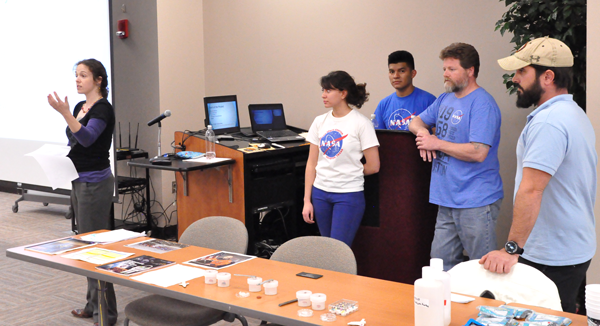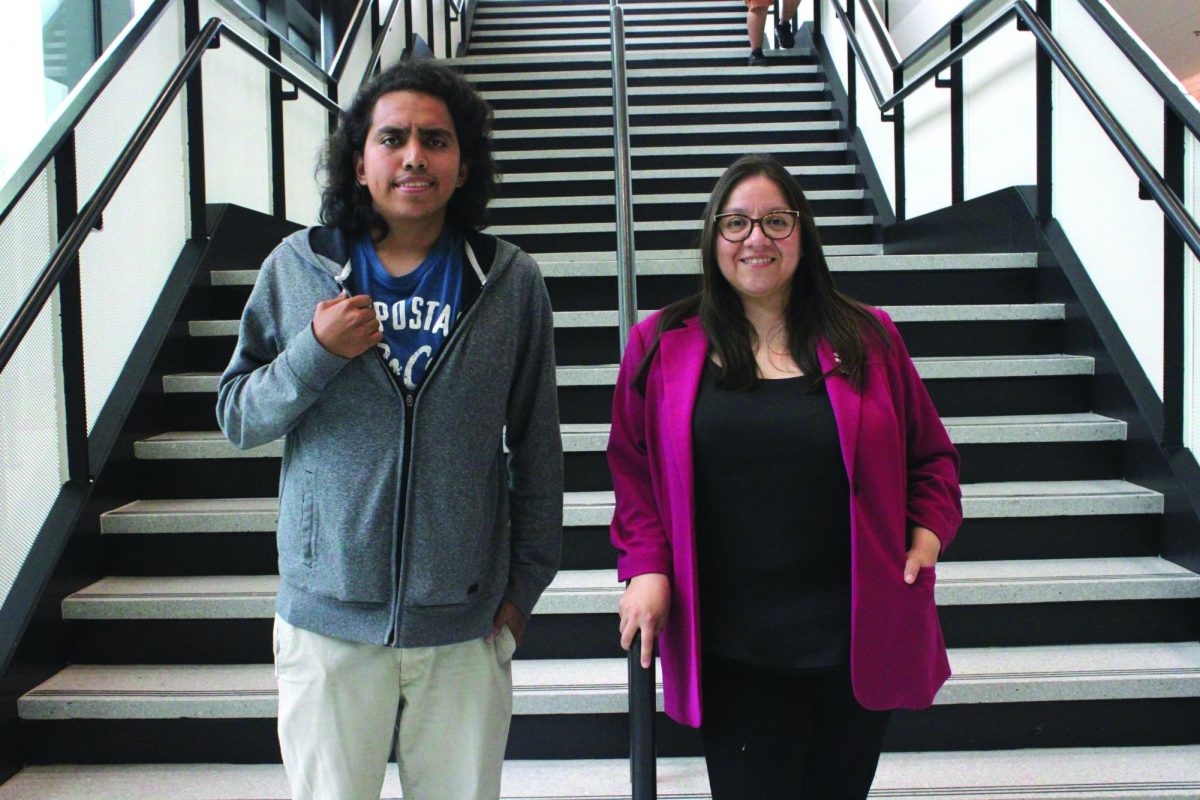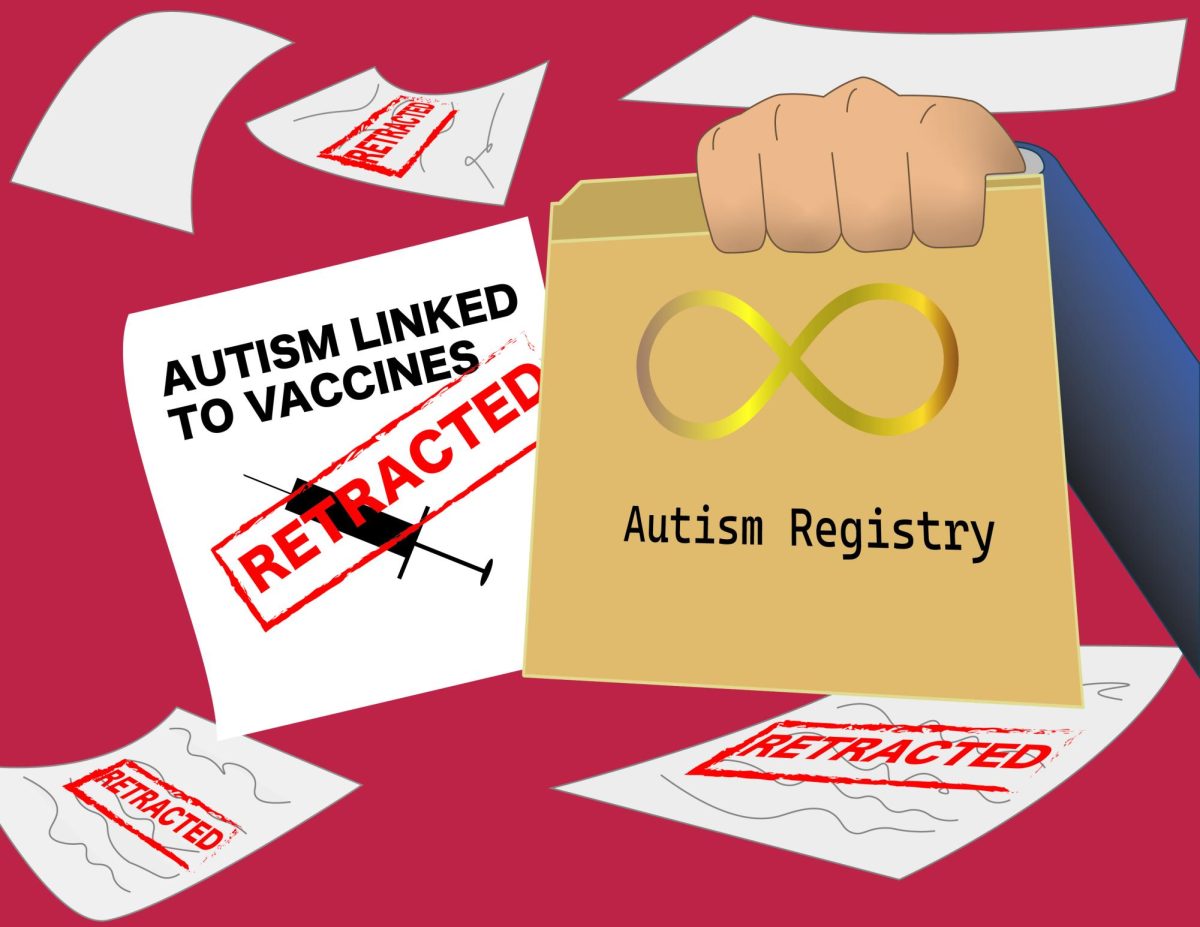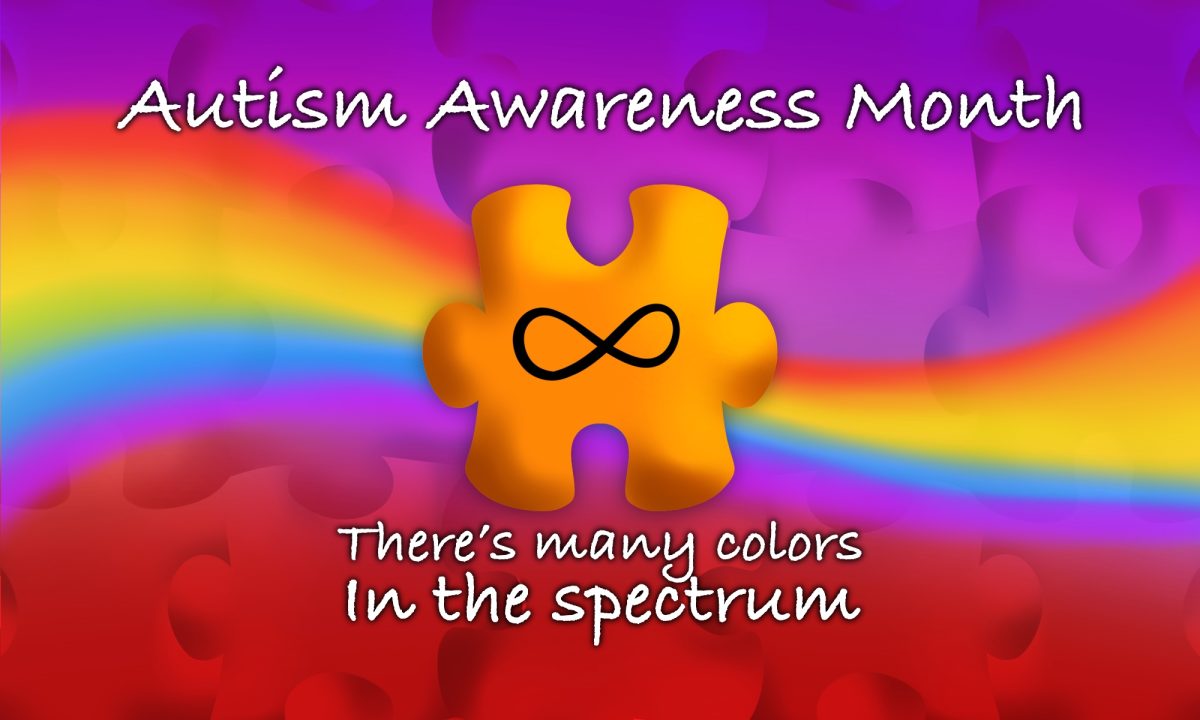
By James Hartley
You can barely hear anything over the roar of the engine of the “Weightless Wonder,” which the students say should not be confused with the privately owned vomit comet airplane.
NASA’s Weightless Wonder is a specially modified 1968 McDonnell Douglas C-9 Skytrain 2 used to simulate the zero gravity of space.
Five Dallas County Community College students traveled to NASA in Houston to conduct an experiment with sodium acetate, the chemical that makes salt and vinegar chips salty, aboard the zero gravity simulator.
Moe Tucker, Chris Pleis, Salvador de Leon, Stephen Todd Stovall and Valeria Lujan made up the team El HarveSTARs. The flight they took with NASA last year went over the Gulf of Mexico through restricted airspace, which would normally cost the private citizen $4,500.
They fly up at a 45-degree angle and then suddenly drop multiple times in what are called parabolic dives. Technically, they aren’t weightless, they’re just falling and it causes the zero gravity effect. The feeling, they all say, is “indescribable.”
But it wasn’t all fun and games.
“You have to have an idea,” team leader Tucker said about the first step to being accepted for the program.
They experimented and brainstormed and eventually ended up with the sodium acetate experiment. And that was one of the simpler experiments, Tucker said.
“The sky’s the limit,” Pleis said about the experiments.
The longer teams had been a part of the program, the more elaborate the experiments were. But it was rewarding. The security at the facility was intense, Stovall said.
“Checking into the secure facility was interesting,” he said. “We got to meet astronauts, shake their hand.”
The students weren’t there just for the experience, though. They were there to experiment with how crystals form in zero gravity, finding that rather than the normal long, sharp crystals, they formed short, rounded ones. A student in the audience of the presentation related it to how water clumps together in a ball when in zero gravity.
Their real mission, in the end, was to see how zero gravity and reduced gravity effected the forming of crystals in a super saturated solution.
The students said they lnjoyed the learning experience and, though funding for the program had been cut, they hope to one day have the chance to experience zero gravity again with their new knowledge.






